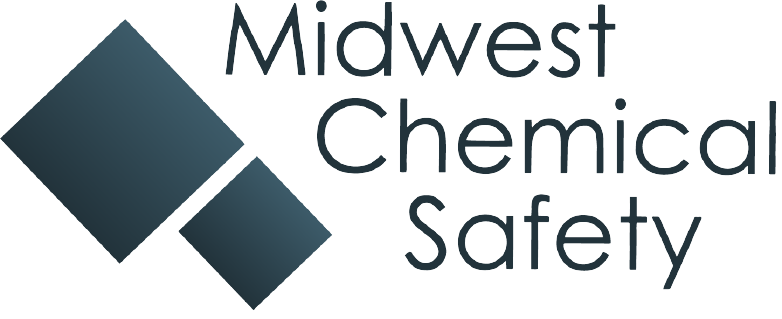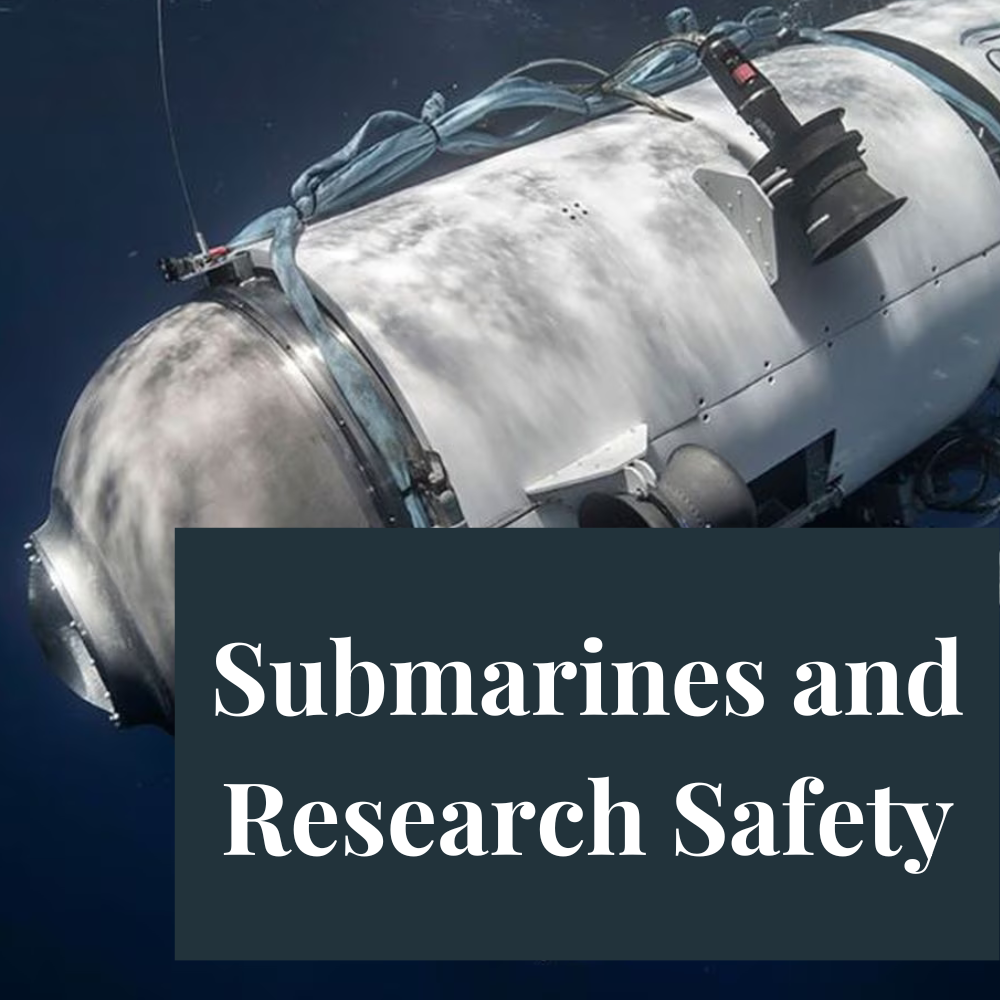Does the OceanGate Titan disaster (18 June 2023) have anything to teach research safety professionals? I think it does.
There are two axioms in safety that we will need to keep in mind for this post:
· Nature is an indiscriminate executioner: Nature does not care one whit about your education, experience, titles, awards, or any of that.
· Physics always wins.
On 18 June 2023, the OceanGate Titan submersible vehicle was lost at depth killing all five individuals on board. Presumably, it imploded when it passed “crush depth” – the depth at which the structural integrity of the submersible catastrophically failed due to the external pressure of the ocean. In the days that followed the incident, it was revealed that the Titan was, to put it mildly, not a well-engineered system. According to Wikipedia (accessed 14 July 2023), OceanGate’s founder, Stockton Rush, seemed to have some issues with “…rigid government regulations that inhibited innovation within the industry,” and regulations that “…needlessly prioritize[d] passenger safety over commercial innovation.” He further shook up the marine exploration industry in an interview with Teledyne Marine when Teledyne noted that many OceanGate employees were fresh graduates. Rush stated that he didn’t want “…a bunch of 50-year-old white guys” on the team, preferring to have his team “younger” and “inspirational” (insider.com and Wikipedia).

Two things loom large over the Titan incident: Stockton Rush’s hubris and poor engineering practices. In this instance, they were inseparable; one drove the other in a fatal spiral. Rush’s desire to have “younger” and “inspirational” members on his team is a contributing cause to the engineering problem.
It was Rush’s pride that, in the end, caused the Titan and all aboard to perish. When warned of problems such as carbon fiber brittleness, fatigue failure, and other issues associated with materials of construction (such as material transitions like titanium-to-acrylic), Rush chose to ignore those warnings. The fact that the Titan made several successful dives contributed to Rush’s confirmation bias that the Titan would not fail. Nature didn’t care about “young and inspirational;” those younger and inspirational members on his team were not able to solve the physics problems to prevent the incident and eventually, physics won.
OceanGate was operating from a basis of providence and probability. However, solid safety systems operate from a basis of process and protocol.
I received my engineering experience courtesy of the United States Navy Nuclear Power Program. In that program’s infancy, Admiral Hyman Rickover had a basic set of seven principles for the safe operation of nuclear propulsion. These principles are more-or-less universal in that they can be adopted for use in any safety management system.
· You must have a rising standard of quality over time, and well beyond what is required by any minimum standard. (Continuous improvement)
· People running complex systems must be highly capable. (Technical competency in operations).
· Supervisors must face bad news when it comes and take problems to a high enough level to fix those problems. (Supervisors must own bad news and get the problem fixed)
· You must have a healthy respect for the dangers and risks of your particular job. (Hazards must be identified and risks must be managed.)
· Training must be constant and rigorous.
· All the functions of repair, quality control, and technical support must fit together.
· The organization and members thereof must have the ability and willingness to learn from the mistakes of the past.
Every one of the principals is an imperative – they are not suggestions.
My experience outside of the nuclear navy has shown me that the healthiest organizations will incorporate all but one of the principles, training, in their operations and have rigorous procedures in place to ensure continuous organizational improvement. With respect to training, those organizations rely on infrequent, required training (i.e. HAZWOPER refresher training) and certification maintenance requirements for their professionals. Likewise, those organizations support their professionals requiring certification maintenance with release time or paying all or part of course registration fees. And, unlike Stockton Rush of OceanGate, have their hubris in check, usually by the continuous improvement and lessons learned processes and colleagues working toward a single goal.
On the other hand, experience has also shown that struggling organizations have difficulty with three areas: continuous improvement, facing bad news, and inadequate hazard identification/risk assessment.
The adoption of any or all of the principles requires time, talent, and treasure to successfully implement; though, some are less expensive in capital than others. For example, adopting a continuous improvement attitude costs nothing but can pay huge dividends in the long run, and implementing a local “lessons learned” database can be free.
Midwest Chemical Safety, LLC is focused on your company’s mission in a collaborative environment to improve all aspects of your workplace occupational and environmental safety systems. Contact Harry at 217-971-6047 or harry@midwestchemsafety.com to start a conversation!

